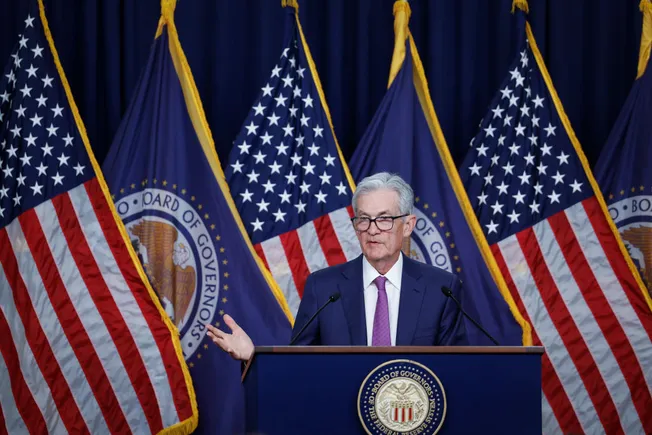Construction executives welcomed the Federal Reserve’s 0.5 percentage point rate cut announced on Wednesday, saying the move is the start of broader easing likely to spur new project starts.
“If we have a series of rate cuts over the next three to six months, that will likely start to show up in lower construction [loan] rates and greater availability of equity investment toward the end of this year and into next year,” said John Sullivan, chair of the U.S. real estate practice at DLA Piper, a London-based law firm. “As rates come down, borrowing costs will also come down for many projects and there will be more real estate investment and construction activity.”
The Fed’s move follows 11 rate hikes starting in early 2022 to combat soaring inflation. Despite an overall positive reaction to the cut, construction executives said the full impact of lower rates will take time to materialize as financing terms and project planning processes catch up to the new environment.
In other words, while lower rates are encouraging for construction activity, it’s only part of the equation, said Cory Moore, CEO of Big-D Cos., a Salt Lake City-based general contractor.
“The interest rate cut is generally good news for the construction industry, as it reduces borrowing costs and can encourage more investment in new projects,” said Moore. “That said, to really move the needle, loan-to-value ratios will need to improve alongside the rate cut to make financing even more attractive.”
Impact on project pipelines
Construction executives agree construction activity tends to be a lagging indicator in the economy. So, while the rate cut is a welcome relief, executives caution that the industry’s long project cycles mean any uptick in activity will be gradual.
“With rate decreases, we expect demand for new projects to begin to increase gradually throughout 2025,” said Anthony Johnson, president of the industrial business unit at Clayco, a Chicago-based construction firm. “However, these projects will take time to get through planning and design and start construction in the field.”
That sentiment was echoed by Will Pender, president of the Gulf States region at Adolfson & Peterson, a Minneapolis-based contractor. He noted many projects were shelved during the interest rate hikes due to high capital costs, but a sustained decrease in rates could bring developers back to the table.
“I don’t believe the impact is going to be felt immediately but it is a good first step,” said Pender. “I see construction starts ramping up in the first quarter and the second quarter of next year.”
Owners and developers added more projects to the planning queue in August, expecting stronger market conditions next year, according to Dodge Construction Network. The Dodge Momentum Index, a benchmark that measures nonresidential construction planning, ticked up 2.9% in August with most nonresidential sectors posting growth.
Impact limited by labor and material costs
The broader economic environment, including labor shortages and material costs, will also affect how quickly the rate cut translates into increased construction activity. For example, Johnson highlighted the ongoing strength in sectors such as data centers and manufacturing, which have largely remained resilient despite higher rates.
The pace of groundbreakings in those sectors has already placed a great strain on resources throughout the industry, said Johnson. Therefore, as more projects in different sectors hit the queue, competition for labor and materials will only intensify.
“Increased demand in the coming years in the multifamily and light industrial [sectors] will only add to an already stretched demand for workforce,” said Johnson. “Therefore, it will be important to keep an eye on quality of labor as well as cost of labor.”
Nevertheless, many leading real estate investors think values for some asset classes are at or near the bottom, said Sullivan. That means lower interest rates will be another added tailwind for increased investment and construction activity, though it might not lead to an immediate boom.
“Lower interest rates are not a panacea, but they make many projects more economic and can drive positive sentiment in the market,” said Sullivan. “It often takes time for a reduction in the federal funds rate to translate into a reduction in construction loan rates, but positive sentiment may drive investment forward sooner.”
